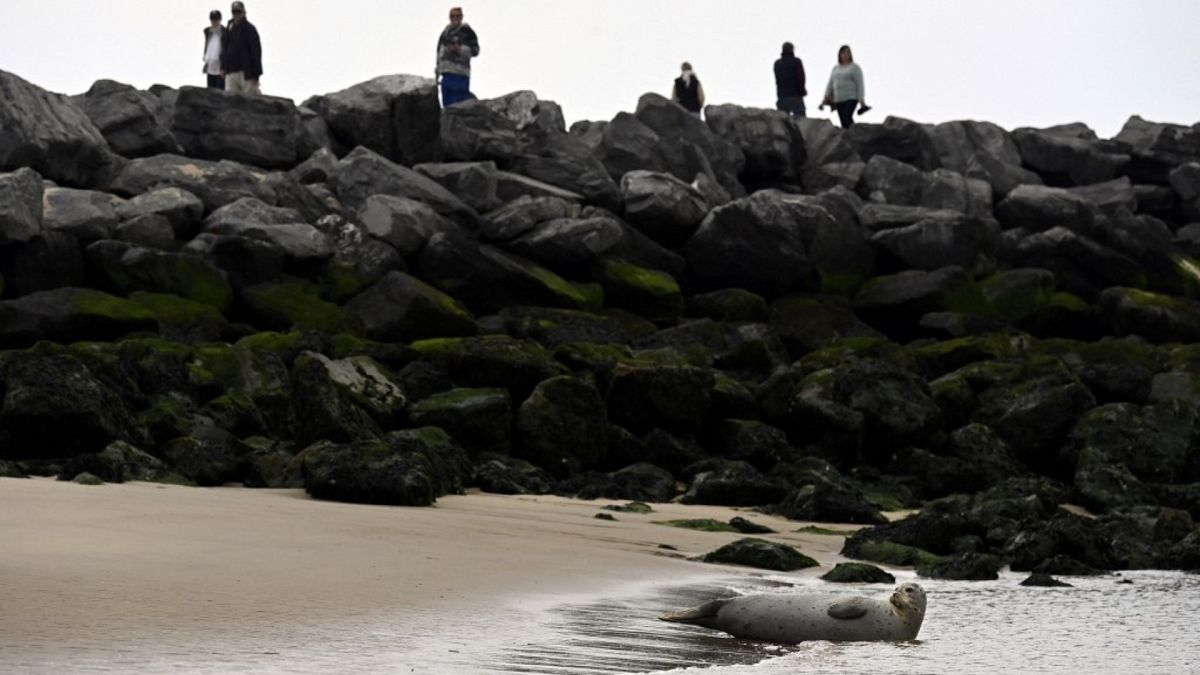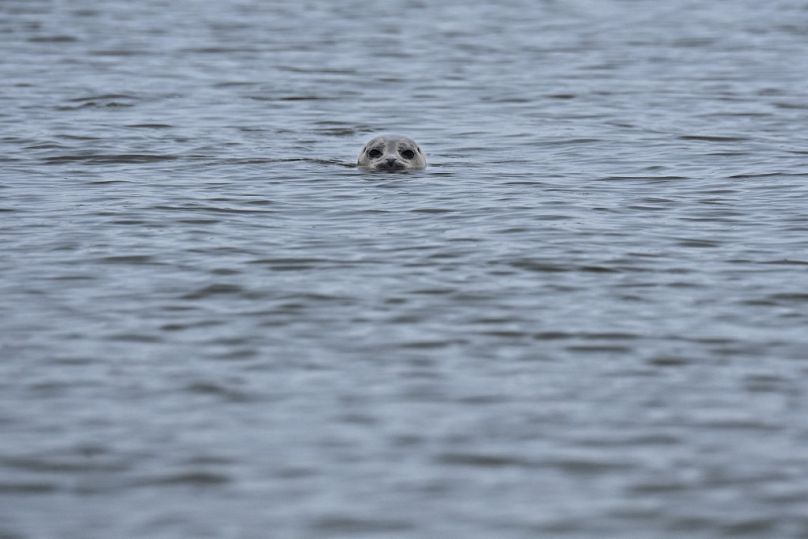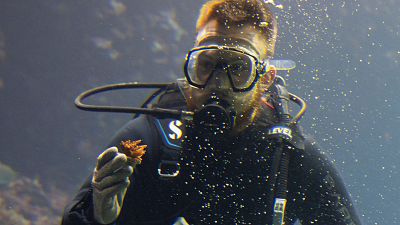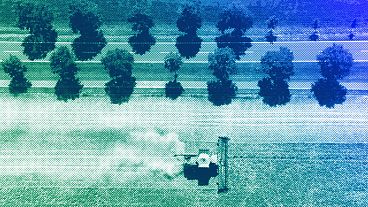Seals had disappeared from Belgium by the end of last century but now their numbers are on the rise.
Seals are becoming an increasingly common sight on Belgium’s beaches.
At the end of last century, there were almost none of these marine mammals left on the country’s coast.
“I was born in Ostend. I've lived my whole life here and I couldn't remember seeing a seal,” says Inge De Bruycker, founder of the North Seal Team.
“It's new. It's like, come on, when we built this dam here about seven, eight years ago we sometimes had one. Occasionally, but just one.”
But their numbers have been on the rise over the last 20 years, according to the Royal Belgian Institute of Natural Sciences. Seals aren’t easy to count, but they estimate there are now between 100 and 200 individuals from two species: grey seals and harbour seals.
And the quiet conditions during COVID-19 saw them increasingly make their way onto Belgium’s beaches.
Why has Belgium introduced ‘seal-only’ zones?
As the seals become accustomed to resting on the beach, their contact with humans has increased. People want to pet them and take selfies. Some even try to return them to the water thinking - wrongly - that the animals are stranded.
Shortly after the first COVID-19 lockdown the North Seal Team and the Ostend municipality established seal-only zones and introduced rules. People must stay 30 metres away from the animals and obey the golden rule: they absolutely cannot feed them.
“At the beginning of their lives, the pups - the name given to the baby seals - must stay on the beach for a few days until they are hungry,” explains Kelle Moreau, marine biologist and spokesperson for the Royal Belgian Institute of Natural Sciences.
“If they are given food, they will not go into the sea and learn to hunt.”
Now volunteers patrol the beaches to ensure that humans and seals can coexist peacefully.
"We take turns all day long from seven in the morning to ten or eleven in the evening," says De Bruycker.
“Seals have bitten dogs, dogs have bitten seals... we don't want this to happen to people, especially not to children.”
Proof that humans and seals can coexist in Belgium
Not far from Ostend, the Sea Life Center in Blankenberge looks after these marine mammals when they are injured. Since the creation of the North Seal Team, it has been receiving more and more calls from volunteers and informed walkers, who communicate via WhatsApp groups.
"They send us pictures of the animals and we decide whether or not to intervene," explains Steve Vermote, the organisation's general manager.
In 2021, there was a spike in seal mortality - likely due to a kind of fishing net called a gillnet or trammel net.
"This type of accidental capture was found to be the cause of the death of several dozen stranded seals," the Royal Belgian Institute of Natural Sciences said in a report published on Thursday.
The finding changed Belgian legislation so that this kind of recreational fishing is now banned. And in 2022, half as many dead seals washed up on beaches.
This is proof, according to Kelle Moreau, that the change in legislation has worked. And that the cohabitation between humans and these marine mammals can be improved.
Watch the video above to see Belgium’s seal patrol volunteers at work.




